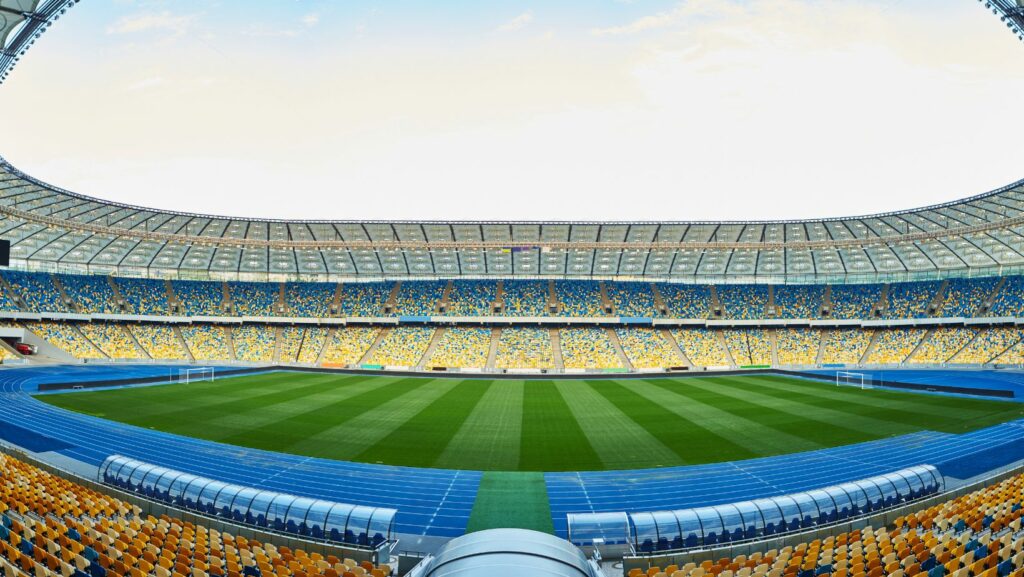[ez-toc]

Sports Arena Events
A sports arena event is a fusion of multiple components. Mainly, it combines sports competition, the participating athletes, and the spectators in an agreed-upon venue. Each component plays a critical part in the success of the event.
Participation kicks off with athletes who exhibit their prowess in a range of disciplines. Illustratively, basketball players engage in thrilling maneuvers to deliver points, while hockey athletes showcase their nimbleness on ice. The sports selected and the performing athletes hence reflect the uniqueness of each event.
Spectators, another integral element, breathe life into the events. Their cheers, chants, applause and even their sighs contribute to the energetic atmosphere. For instance, in football games, the roars of fans when their team scores a goal brings forth an undeniable sense of unity and thrill.
Sports arena events come in diverse forms, and these variations owe largely to the sport and scale of games involved. A few dominant types include:
- Professional Sporting Events: These include events with professional athletes, often associated with large fanbases. Examples are Major League Baseball games, National Basketball Association games, and National Football League matches.
- Collegiate Sporting Events: Collegiate events showcase athletes from universities vying in a wide range of sports. Examples include college football games, baseball matches, and the popular NCAA basketball tournament.
- International Sports Competitions: These events garner athletes from various countries who compete in a wide array of sports. The Summer and Winter Olympic games are primary examples of these types of events.
By profiling the units that constitute sports arena events and identifying the major types, this section offers a comprehensive perspective on this captivating sector.

The Thrill and Excitement of Attending Sports Arena Events
Let’s further explore the engaging and enthralling realm of attending sports arena events. The section encapsulates the perspectives of two paramount components of sports events – athletes and spectators.
Athletes, at the epicenter of sports events, experience the thrill differently than the spectators. An adrenaline surge pulsates through their veins as they step onto the field. Drawing energy from the pulsating crowd, the athletes square off against their counterparts, motivated by the desire to emerge victorious. High-profile events, such as the Super Bowl or the NBA Finals, heighten this experience for athletes. For example, Usain Bolt, after his legendary 100m run at the 2008 Beijing Olympics, stated that the energy from the spectators “felt like a rocket taking off.”
On the other hand, spectators derive their excitement from different aspects of the event. The ambiance of the sports arena, live action, camaraderie with fellow fans, and the unpredictability of the outcome contribute to a visceral experience. Modern-day arenas, with their large screens, advanced audio-visual systems, and high-speed internet, further amplify the spectator’s experience. For instance, spectators at the 2019 Wimbledon tennis finals were treated to a spell-binding five-set thriller between Roger Federer and Novak Djokovic, bringing spectators the euphoria of witnessing history.

Key Factors That Make a Sports Arena Event Successful
A significant determinant of the success of sports arena events lies in the hands of elements often overlooked. The quality and design of the sports arena, combined with the level of engagement and interaction, contribute to this immense success.
An arena’s quality, reflected in its architecture and amenities, significantly influences an event’s success. This includes efficient seating arrangements that provide comfortable space and clear viewing angles, presenting the best spectacle before every attendant’s eyes. Additionally, top-notch infrastructures such as the high-definition Jumbotron screens enhance the viewer’s experience, providing detailed replays, close-ups of athletes, and immersive live action scenes. Take, for instance, the AT&T Stadium, home to the Dallas Cowboys, equipped with a 72ft x 160ft videoboard, one of the largest in the world, enhancing the viewing experience.
The degree to which spectators feel engaged and involved in the event equally affects an event’s success. More interactive elements, including live music, entertaining half-time shows, cheerleading squads, and mascot performances, serve as compelling add-ons, offering the spectators an engaging and vibrant atmosphere. Additionally, digital elements like live polls, tweets displayed on arena screens, and in-game commentary through handheld devices also contribute to boosting spectator engagement. For instance, The Barclays Center, home to the Brooklyn Nets, utilizes an app that allows spectators to order food and merchandise from their seats, showing innovation in enhancing fan engagement and interaction in the arena.


More Stories
Building Poker Skills on 1win: a Platform For Every Player’s Journey
The Allure of the Fox Game: Evolution, Impact and Future Prospects
Showcasing Talent & Evolution: 2024 Disney World Cheer Competition Insights